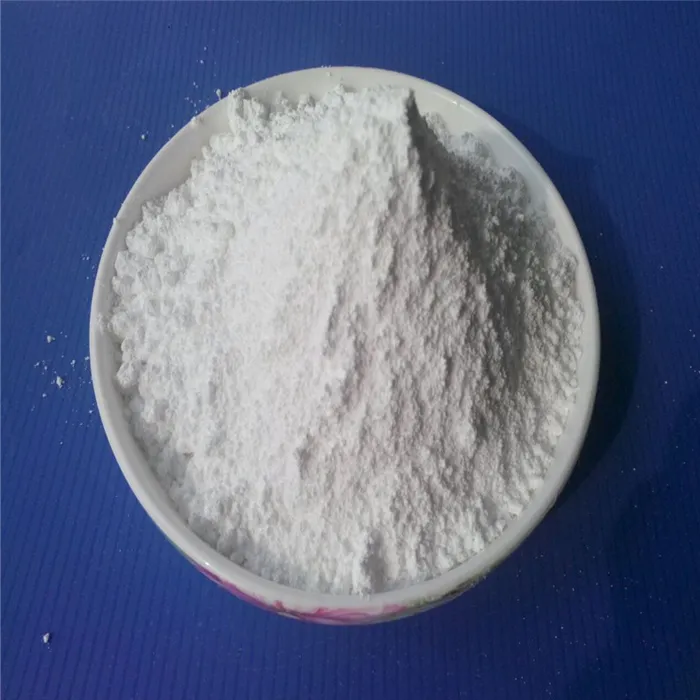Thiocyanate Ammonium Properties, Applications, and Safety Considerations
Thiocyanate ammonium, a chemical compound with the formula NH4SCN, is the ammonium salt of thiocyanic acid. It is an intriguing compound that has gained attention in various fields, including chemistry, biology, and industry. This article explores the properties, applications, and safety considerations associated with thiocyanate ammonium.
Chemical Properties
Thiocyanate ammonium appears as a white crystalline solid that is soluble in water. Its solubility stems from its ionic nature, where the ammonium ion (NH4+) interacts favorably with water molecules. The compound exhibits properties typical of salts; for instance, it has a relatively high melting point of approximately 150°C. When heated, thiocyanate ammonium can decompose, releasing toxic gases such as nitrogen oxides and sulfur compounds.
The thiocyanate ion (SCN–) is central to the behavior of this compound, influencing its reactivity and interactions in chemical processes. Thiocyanate ions can form complexes with metal ions, which is a critical feature in various analytical and synthetical applications.
Applications
1. Analytical Chemistry Thiocyanate ammonium is widely utilized in analytical chemistry, particularly in the quantitative analysis of metal ions. The SCN– ion can form colored complexes with metals such as iron (III), cobalt, and nickel. These complexes can be measured spectrophotometrically, allowing for the determination of metal concentrations in various samples.
2. Biochemistry In biological research, thiocyanate ammonium plays a role as a reagent in the study of enzyme kinetics and interactions. It can act as an inhibitor for certain enzymes, providing insights into enzyme mechanisms and functions. Additionally, thiocyanate is found in the human body, particularly in thyroid function, where it can influence the synthesis of thyroid hormones.
3. Agriculture The compound has applications in agricultural chemistry as a nitrogen supplement in fertilizers. Ammonium thiocyanate can contribute to soil nutrient profiles, promoting plant growth by enhancing nitrogen availability.
thiocyanate ammonium

4. Photography and Textile Industries Thiocyanate ammonium has also found its way into the photography and textile industries. In photography, it can be used as a fixing agent, while in textiles, it serves as a dye auxiliary that helps achieve better color performance on fabrics.
5. Pharmaceuticals In the pharmaceutical field, thiocyanate is being studied for its potential therapeutic properties. Research has focused on its role in treating certain conditions, such as hypertension, where thiocyanate may function as a vasodilator.
Safety Considerations
While thiocyanate ammonium has useful applications, it is essential to handle it with care. Its soluble nature means that it can easily contaminate water sources if improperly disposed of, which can pose a threat to aquatic life and ecosystems. Inhalation or ingestion of thiocyanate can lead to toxicity, with symptoms ranging from headache and nausea to severe respiratory issues.
In laboratory settings, appropriate personal protective equipment (PPE) such as gloves, goggles, and lab coats should be used when handling thiocyanate ammonium. Work should be conducted in well-ventilated areas or fume hoods to minimize exposure to vapors or powders.
Moreover, due to its potential to release toxic gases upon decomposition, it is crucial to store thiocyanate ammonium in a cool, dry place, away from incompatible substances. Proper labeling and strict adherence to safety guidelines can mitigate the risks associated with its use.
Conclusion
Thiocyanate ammonium is a versatile compound with a wide range of applications across various fields, including analytical chemistry, biochemistry, agriculture, and pharmaceuticals. Despite its benefits, safety considerations must be prioritized to prevent adverse health effects and environmental contamination. As research continues to unravel the potential applications of thiocyanate ammonium, it remains a valuable substance in both industrial and laboratory settings. Understanding its properties and safe handling practices is essential for those working with this interesting chemical compound.

